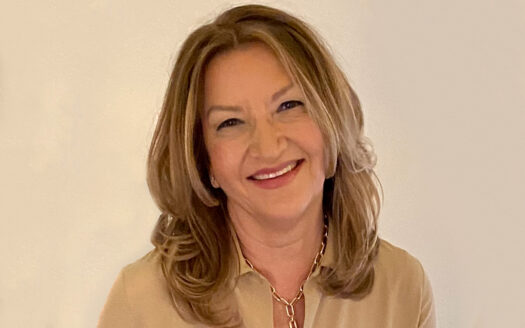Will Seattle figure out how to deal with its new wealth?
by The Seattle Times Pacific NW Magazine – The Seattle Times
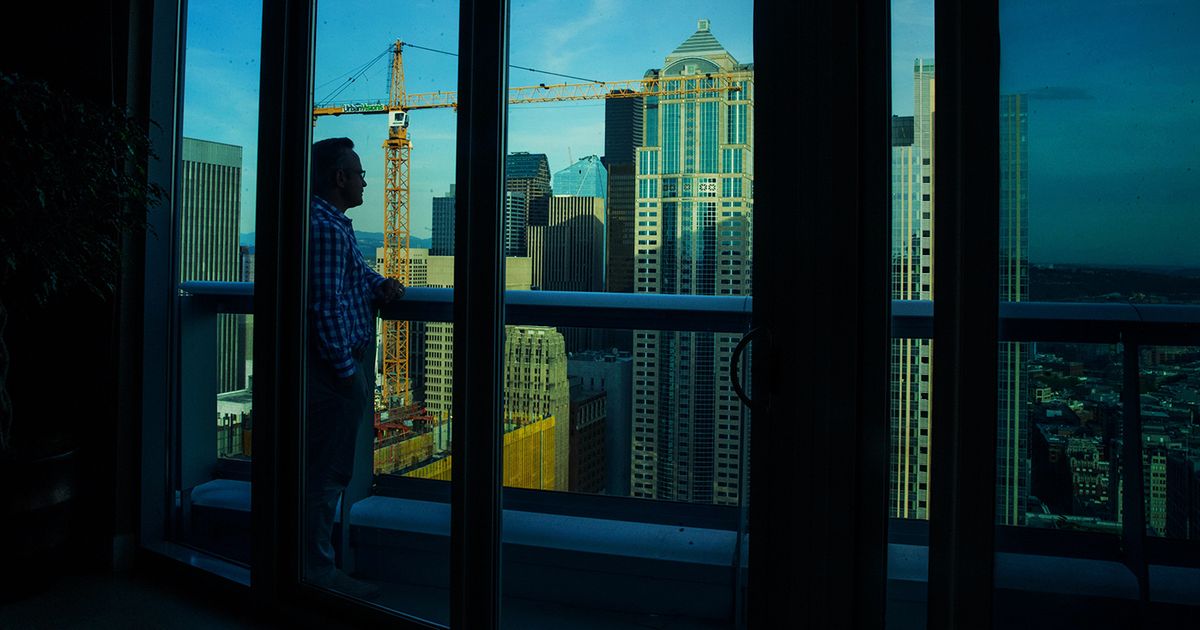
The city struggles to learn from history and find the right balance in its latest boom time.
AT THE GUCCI store in downtown Seattle, one of the sales agents leads me to the men’s shoe wall, a display of fantastically over-the-top footwear.
The saleswoman says the hot thing right now is a line of leather slippers called Kings, and at a price of around $650, they seem fit for monarchs.
When I suggest that these shoes seem a tad unsuitable for a rainy city that just suffered through a soggy winter of historic proportions, she stares at me the way salespeople look at customers who say things like that in places like this — with a “bless your heart” bemusement.
This week and next, reporter Tyrone Beason and photographer Erika Schultz explore Seattle’s equally thrilling and worrying rise as a tech hub, global hot spot and real estate boomtown, a surge that’s redefining ideas about wealth, getting ahead and just getting by.
The Gucci store oozes decadence and exclusivity, which also might seem out of place in a stubbornly no-frills Seattle that has tended to hide its wealth behind a proud veneer of fleecy egalitarianism.
It is not so out of place anymore.
We like to think we’re all in the same boat.
But what happens now that we’ve traded in that humble boat for a yacht?
Our uneasiness about the current tech-jobs boom and the skyrocketing cost of housing reflects a longstanding tension between the city we believe we want and the one we’ve always been, a magnet for dreamers and adventurers who saw the promise of a better life and riches at the edge of the continent, from Gold Rush-era prospectors of more than a century ago to a whole new breed of newcomers from around the world bent on striking on the next big thing in cloud computing, virtual reality or e-commerce and biotech.
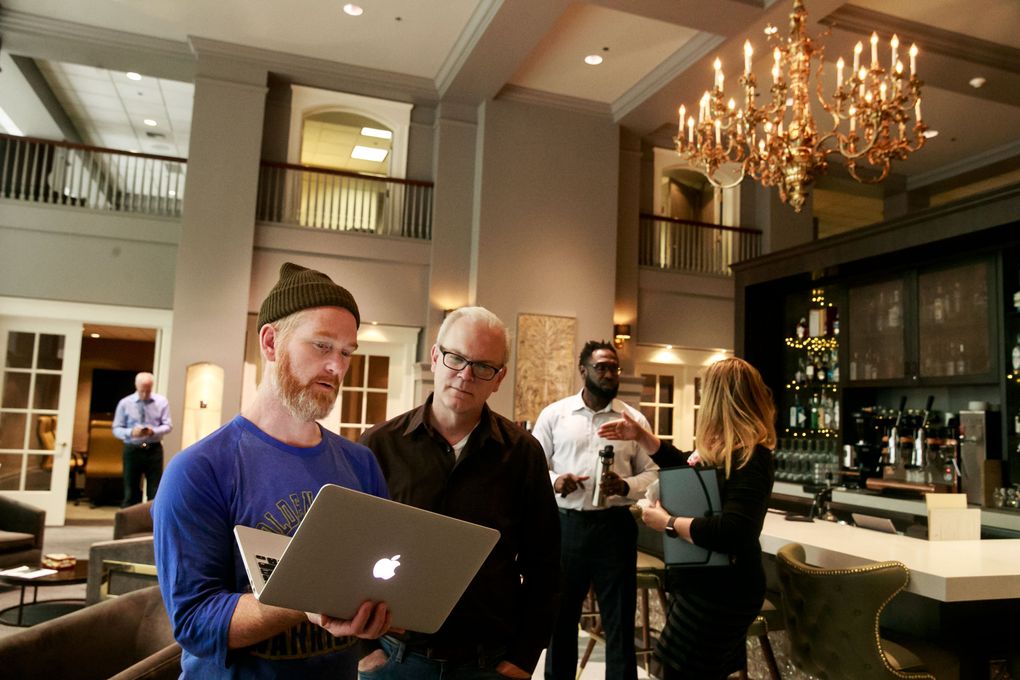
The metro area boasts not one but two of the world’s richest people, Bill Gates and Jeff Bezos, whose combined net worth recently surpassed $170 billion, to say nothing of the thousands of high-net-worth individuals their respective companies, Microsoft and Amazon, have spawned.
A report by Zillow in 2016 ranked Seattle fifth in the country for wealthy millennials, workers age 22 to 34 earning more than $350,000 a year.
The Seattle-based commercial real estate firm Kidder Matthews, which recently represented the seller of a $25 million lot on Boren Avenue, estimates that the Denny Triangle neighborhood at the northern edge of downtown alone has 33 commercial and residential projects in the pipeline worth an estimated $7 billion.
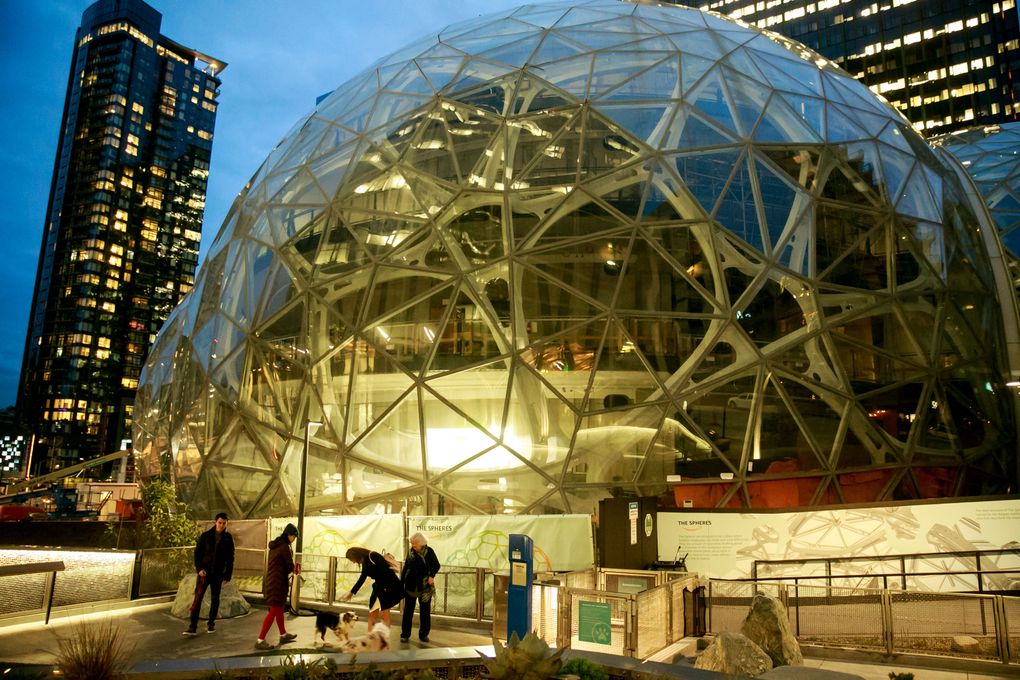
The Seattle housing market has been so hot that about 90 percent of homes for sale this spring ended up in bidding wars, more than any city in the nation tracked by Redfin.
The city’s population and the median home price each recently hit 700,000 — both worrying records.
Wealth changes a place in ways both visible and invisible.
JJ McKay is a social connector, society host, Belltown resident, philanthropist and founder and publisher of The Fresh Toast, a lifestyle and cannabis site. His sense that the ground is shifting under our feet isn’t just metaphorical.
Much earth has been dug up to make way for a flurry of new high-rises.
“It’s concerning that we’re ripping down part of our heritage and building glass boxes,” he tells me one day during a visit to the posh co-working space in downtown Seattle where he works.
With his floral-printed button-down and Southern lilt, McKay is all smooth uptown gentility.

But McKay favors the low-rise Seattle that seems to be slipping away, the one with mom-and-pop stores and individuality, not just money, to burn.
“Those glass boxes won’t have a Dan’s Belltown Grocery, a little pizza joint; you’ll miss out on the divey bars, the dress sellers,” McKay says.
McKay sits on the board of Mary’s Place, the Seattle homeless shelter and social-services network, and he proudly notes that the city boasts hundreds of charity galas each year, a sign that our local pool of deep-pocketed residents can be an asset.
BUT THERE’S A point at which a thriving city goes from a mere boomtown with its own concerns, like housing unaffordablity, to one of worldwide renown and interest.
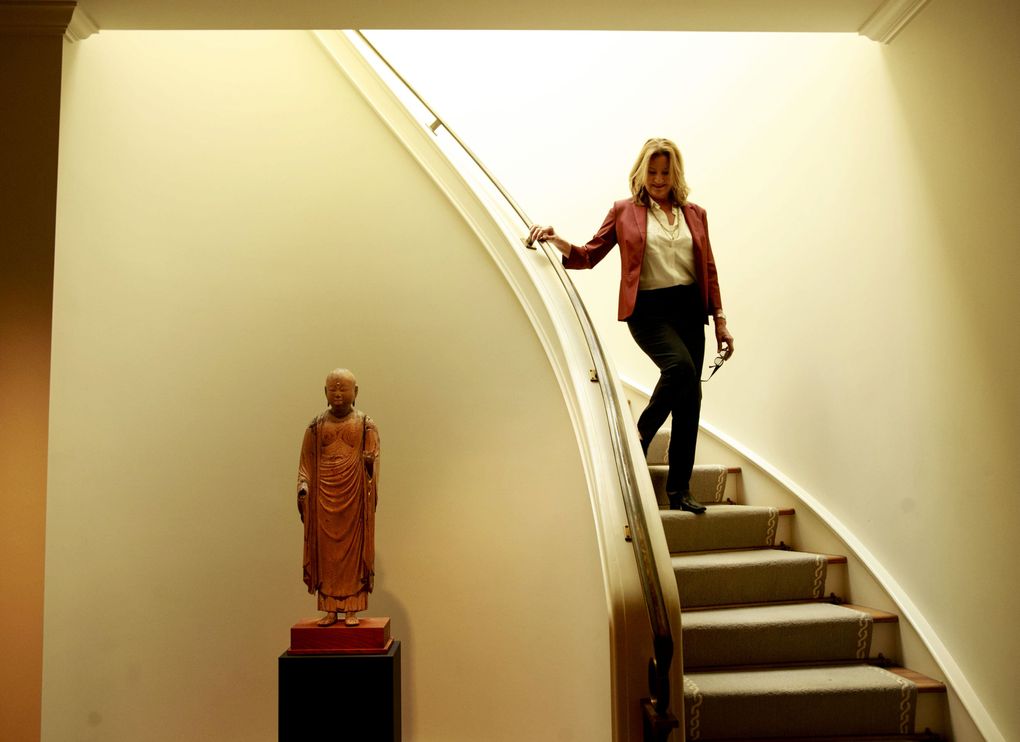
I meet Moira E. Holley, a founding director of Realogics Sotheby’s International Realty in Seattle, high above what she calls downtown’s “Gold Coast” in a First Avenue condo that just sold for $1.59 million, sight unseen, to an out-of-town buyer who needed a crash pad while in the city. The deal closed in just two weeks.
On the condo’s sunny balcony, a thick fog rolls cinematically across Elliott Bay and wafts up past the city’s skyscrapers like smoke. The snowcapped Olympic Mountains to the west peek above the blanket of white as a car ferry disappears into it.
You can’t put a price on quality-of-life amenities like that.
But there might be a price to pay if we don’t manage our ascent.
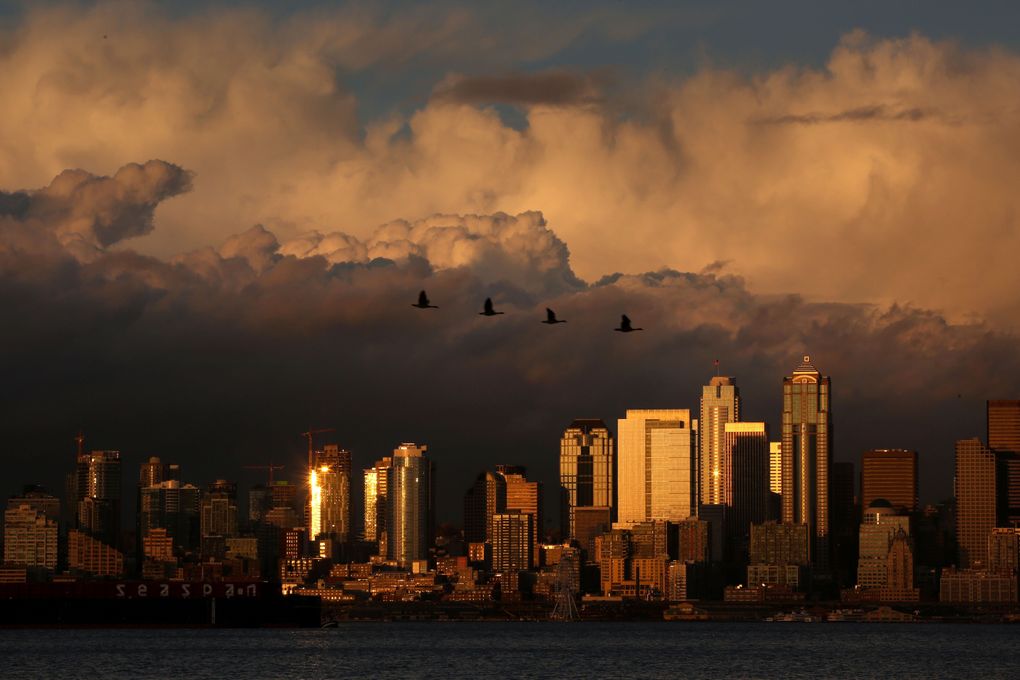
By the numbers
3.9 percent: Portion of Seattle millennial households earning $350,000 or more, tied with Silicon Valley for the fourth-highest percentage of any city in the United States. (Source: Zillow)
$80,349: Seattle’s median income as of 2015, an almost-$10,000 increase over 2014. (Source: U.S. Census Bureau)
20 percent: Percentage of Seattle households earning more than $150,000 per year. (Source: U.S. Census Bureau)
$72,092: Annual earnings needed to live “comfortably” in Seattle. (Source: Gobankingrates.com)
$1,248: Annual salary increase that Seattle renters would need to keep up with expected rent hikes in the next year — the most of any city in the country. (Source: Zillow)
63 percent: Increase in the number of suburban residents living in poverty in metro Seattle between 2000 and 2015. (Source: Brookings Institution)
563,374: Seattle’s population in 2000. (Source: U.S. Census Bureau)
704,352: Seattle’s population in 2016. (Source: U.S. Census Bureau)
72,903: Renton’s population in 2000. (Source: U.S. Census Bureau)
101,300: Renton’s population in 2016. (Source: U.S. Census Bureau)
$176,000: Median home value in SeaTac in May 2012. (Source: Zillow)
$326,800: Median home value in SeaTac in May 2017. (Source: Zillow)
$437,000: Median home value in Bellevue in October 2007. (Source: Zillow)
$800,800: Median home value in Bellevue in May 2017. (Source: Zillow)
31 percent: Increase in home prices between 2016 and 2017 in Southeast Seattle, the city’s cheapest region. (Source: Northwest Multiple Listing Service)
$1,000,000: Approximate median home price in Seattle’s Capitol Hill/Madison Park area. (Source: Northwest Multiple Listing Service)
Tyrone Beason
Dean Jones, owner, president and CEO of Realogics Sotheby’s and a well-regarded local real-estate-market strategist, has seen this play out before — in San Francisco, where he worked during the early 2000s and saw the cost of living soar with the rise of Silicon Valley, and in Vancouver, B.C., where he grew up, a city where high-end home purchases by mainly Chinese buyers drove the average home price to $1.038 million in January 2016.
That figure is important, because by January 2017, the average home price in Vancouver had plunged to $878,242, as sales of top-end properties slowed and asking prices dropped in the wake of the B.C. government’s 15-percent foreign-buyer tax on home purchases to help cool the infamously overheated market.
In many cases, international buyers have turned their sights across the U.S./Canada border to Seattle. Previously a flyover city for foreign buyers, Jones says, Seattle’s become a “global gateway.”
We are the No. 1 U.S. market for mainland-Chinese homebuyers, beating out San Francisco, New York and Los Angeles.
“A lot of global wealth is looking for safe harbor in the form of real estate investments,” Jones says, pointing to Chinese investors in particular, who are keen to forge “a new life in the New World … the Chinese version of the American dream.”
But, Jones says, “While our prices are rising quickly, it’s still relatively affordable compared to the other West Coast gateway cities.”
Add to that the fact there’s no state or Seattle income tax, making wages and investment income stretch further.
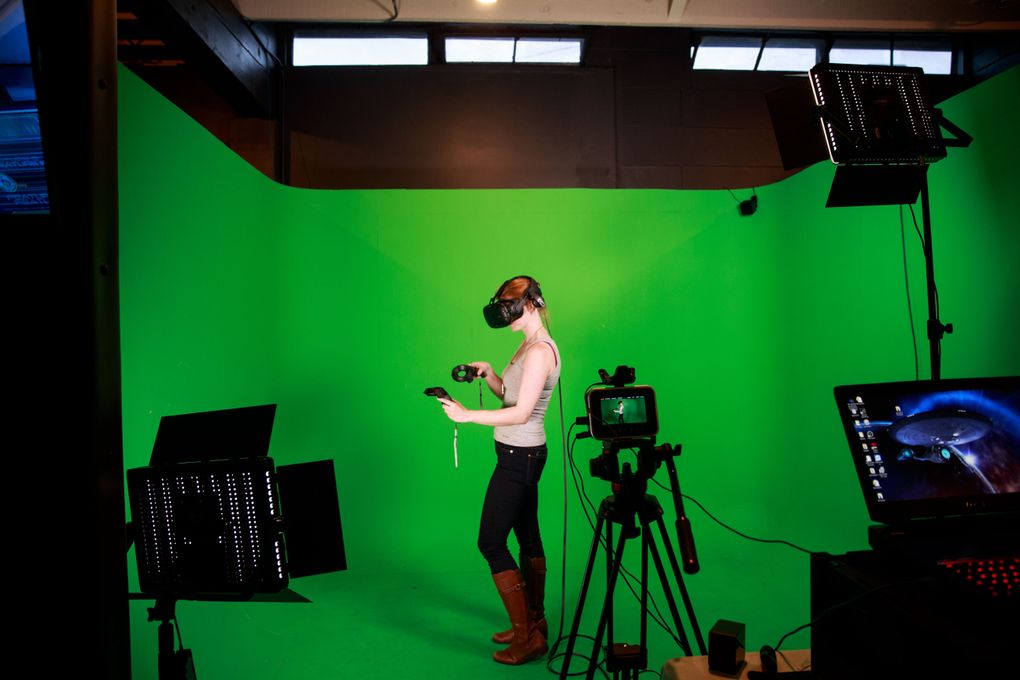
Jones doesn’t see this trend of international interest ebbing anytime soon.
“It’s probably in the first couple of innings,” he says.
In the world of high-end real estate, nothing projects status like a tower.
Jones’ firm is handling condo sales for the planned 41-story Nexus tower in the Denny Triangle, a stack of twisting glass cubes designed as a vertical, high-tech village, topped with special “Sky Series” penthouses measuring more than 3,000 square feet and costing from around $1.6 million to more than $5 million.
“We’re having a Manhattan moment,” Jones says. Obviously, that’s good news for people in his line of work and the super-rich.
“With that comes opportunity but also responsibility,” he says. He knows the city needs to build more homes for non-luxury buyers.
Seattle native Jill Donnelly isn’t so confident that the city and region’s leaders can manage the boom.
“I’ve never seen anything like it — the transition, how fast it has happened,” says Donnelly, co-owner of the downtown clothing boutique Baby & Co., which recently opened a pop-up shop in the Pike/Pine corridor of nearby Capitol Hill.
Donnelly, 58, and her husband, Wayne Donnelly, have been in this business for some 40 years, and they’ve witnessed firsthand the evolution of wealth, or at least the expression of it, in Seattle.
“We don’t wear our wealth — it’s very understated,” she says.
But Capitol Hill, once mainly the stomping ground of musicians, artists, activists, community college students, auto dealers and a large LGBT community, now also draws well-heeled foodies and bar crawlers who are accustomed to precious interiors, creative menus and pricey craft cocktails.
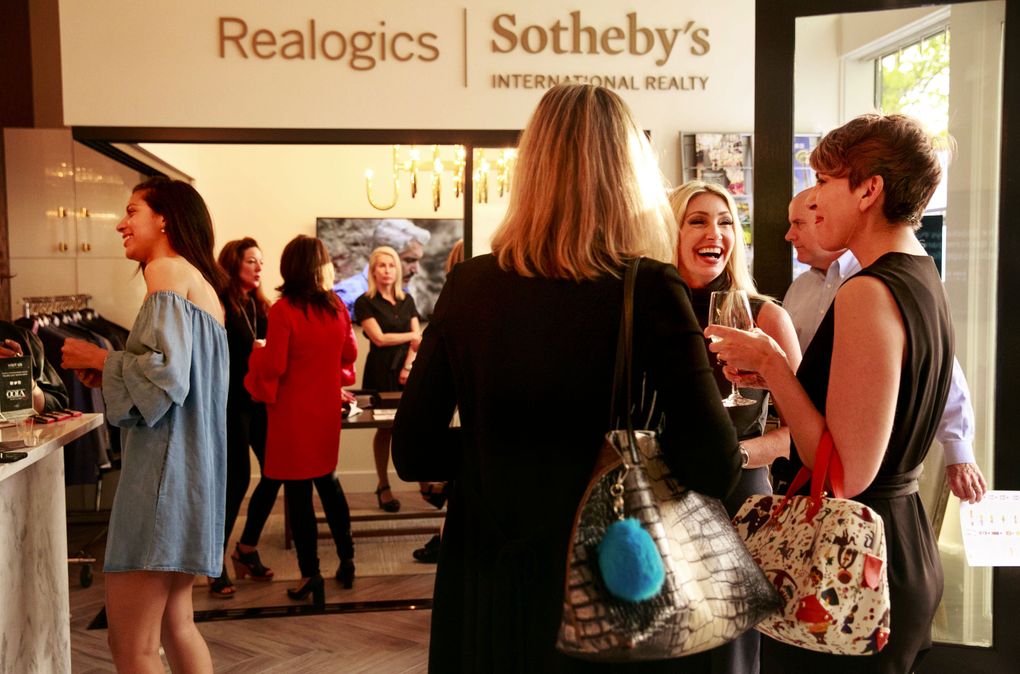
Even the area’s bike culture has stepped up its game.
Taking over the former Bauhaus coffeehouse at Pine and Melrose is the upscale, London-based shop and cycling clubhouse, Rapha Racing LTD, which also offers luxury riding tours around the world.
In Jill Donnelly’s eyes, the pioneer spirit that brought people to the Puget Sound region fuels the current surge, as well.
“It’s that quest for more,” she says.
The question of our time, she says, is whether “more” is less, whether growth and prosperity will eat away at the righteous, all-for-one/one-for-all ethos that defines us.
“This could go terribly right or terribly wrong,” she says. “We’re at a crossroads. The next 10 years is going to be everything.”
“ONE SIGN OF wealth is when you’re not fazed by the cost of anything,” McKay tells me.
His comment comes to mind while hanging out with Matthew Chu, 33, the globe-trotting former owner of Pioneer Square clubs Aura and Volume, as he shops for clothes in downtown Seattle during a visit to his former hometown.
Chu now lives in upstate New York, where he was raised by working-class parents (his father is a Taiwanese immigrant; his mother was born here) who eventually found financial success in publishing. When he was younger, he attended private schools and later worked for hourly wages as a waiter, bar back and store clerk, among other things.
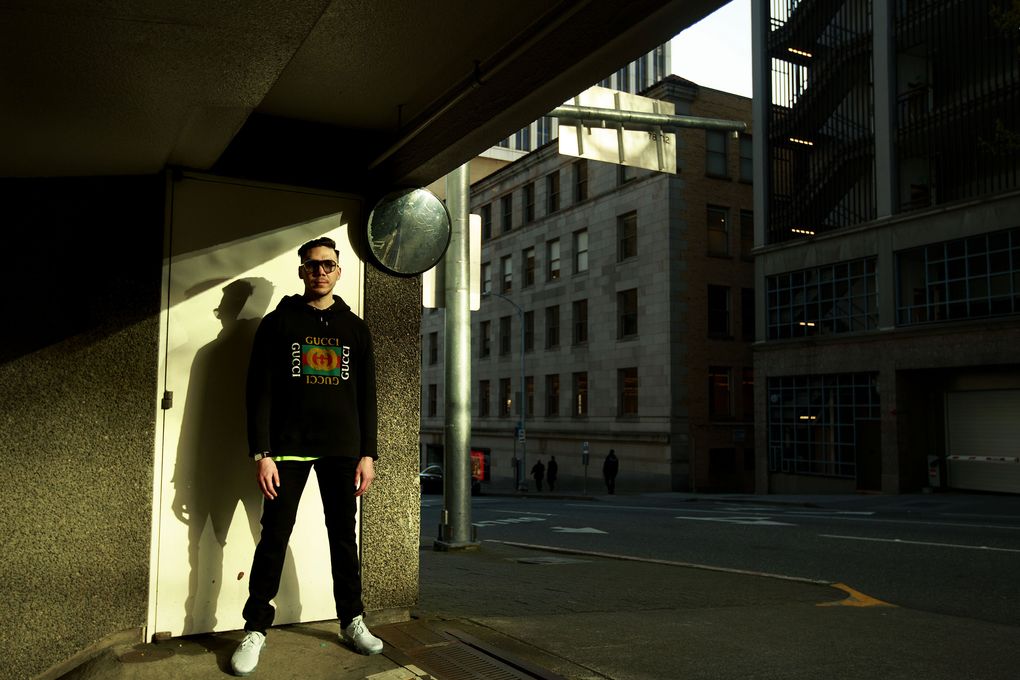
These days, Chu is not self-conscious about liking and promoting nice things, as his 51,800 Instagram followers know. The cheeky Instagram picture of him dancing like rapper Drake in that “Hotline Bling” video on the hood of his Rolls-Royce — in a Gucci jacket, no less — makes this abundantly clear.
Chu sees a difference between the “new old money” of moguls like Gates and the way the younger generation displays its wealth.
“It’s like oil and water,” he says. “Young people like me who are more flashy, and the old money that doesn’t want to show wealth that way.”
Chu goes back and forth on what his wealth means. He says his generation, which is both brand-conscious and socially conscious when it comes to issues like income inequality, has “a love/hate relationship with money.”
He introduces me to his friend Danni Lin of Bellevue, a fellow luxury-car enthusiast who just opened Great Wine, an appointment-only tasting room geared toward 20- and 30-somethings in the swanky Elements residential-tower complex in downtown Bellevue.
“When I first came to Seattle, just having a Porsche was a big thing” in her peer group, Lin, a 28-year-old Ferrari owner, says. “In the last two years especially, everybody has a Ferrari.”

Lin, who was born in China, says her parents sent her to high school in Canada so she could learn English. She studied statistics, math, finance and risk management at the University of Washington and worked for a time at Microsoft.
To make wine appreciation less intimidating, Great Wine customers can choose based on vinotype testing that breaks down each person’s taste preferences.
Lin produces her own branded wine in California, and a portion of it is exported to Asia, an emerging market.
Lin and Chu represent a culturally diverse generation of entrepreneurial, social-media-savvy millennials who might live and do business in places like Seattle and Bellevue but whose lives defy borders. If Greater Seattle has become a world-class metropolis, they are among its ambassadors.
And in this growing realm, luxury cars are tools for networking, Lin and Chu say, not just pleasure rides.
Zadart Exotic Car Club and Rentals, also in Bellevue, caters to professional athletes, wealthy tech employees and visitors but also to aspirational car lovers who aren’t rich, Zadart’s social-media manager, Eric Reiff, says.
“Maybe you can’t afford a $300,000 Ferrari, but maybe you can afford a $1,500 rental for a day; it’s a whole different world, and it’s nice to get a little taste of it,” Reiff says.
As we speak, Spokane-based welding contractor Steve Wurslin and a work partner drive in to check out the cars.
Wurslin, 29, used to work in the oil fields of North Dakota, but the strong construction market in the Northwest drove him back home to Spokane. He started a welding and trucking company in 2016.
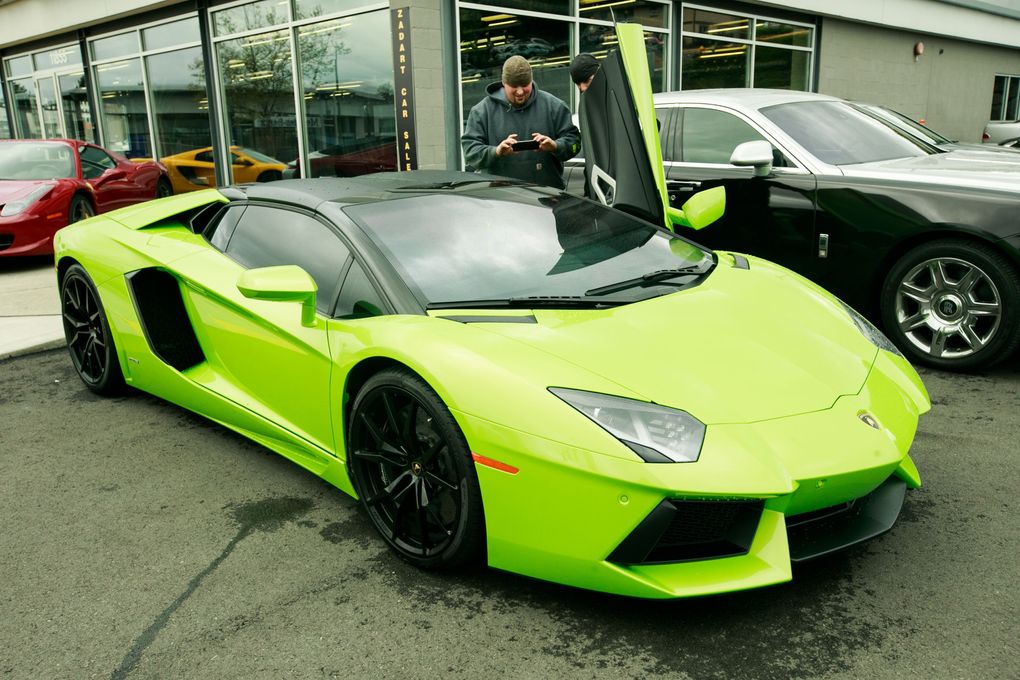
Business in the Seattle-Bellevue area, where he often travels for contracts, is great.
Wurslin eyes a lime-green Lamborghini, sticker price $498,000, that rents for $2,400 a day.
“One day, I’ll have one,” he says. “That and a Viper.”
IDEALLY, THE RISING tide of a robust economy lifts all boats.
On paper, anyway, that is true.
In April, the unemployment rate for the Seattle-Bellevue-Everett metro area stood at 3.3 percent, down from 4.2 percent the same month in 2016.
But it’s hard to ignore the sinking feeling brought on by our rising fortunes.
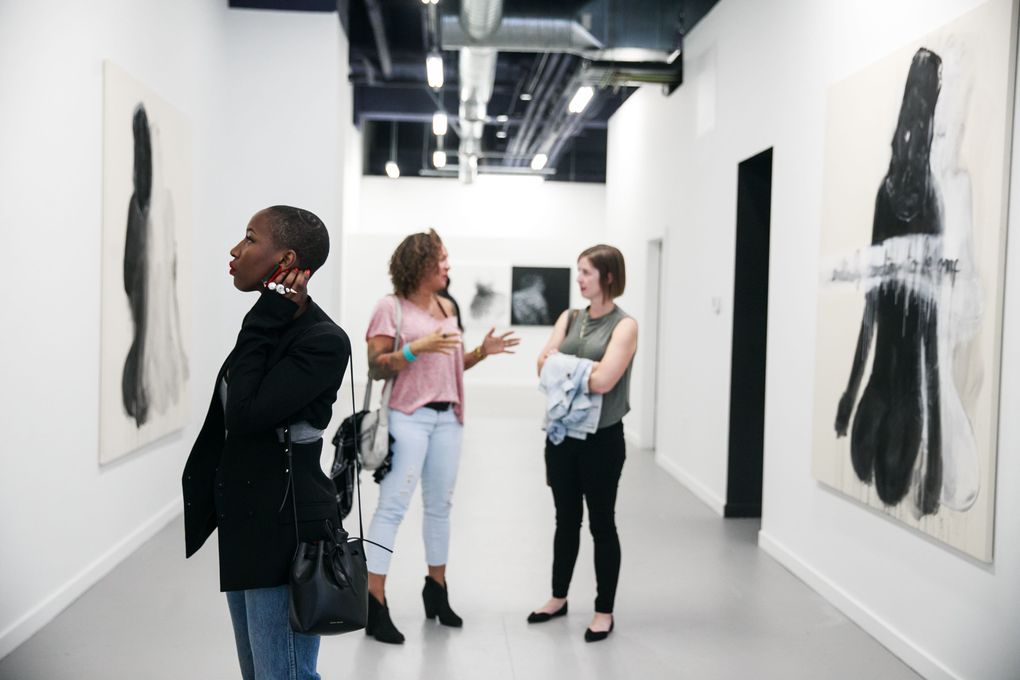
Around the corner from the Baby & Co. pop-up, at the high-end, fashion-forward clothing store Totokaelo, shopper Rhonda Faison marvels at the transformation of the neighborhood.
Raised in Bothell, she has lived in the Seattle metro area all of her life.
The area feels richer now, she says.
Before we met, she spotted a woman in front of the store wearing a superglam, white-fur jacket.
“I thought I was in a different city,” she says. “I’m used to people walking down the street with Birkenstocks and North Face on — you know, half-done bun, no makeup.
“The money has changed the dynamic. The type of people who are moving here has shaped the city into a different place.”
Faison says she doesn’t know whether the changes are for better or worse, but she’s making the best of them. She jokingly describes her uber-hip plaid blazer, Army green pants and hoop earrings as VVC — Value Village Couture. But she also shops at Totokaelo.
“I do high and low,” Faison says. “But I only do the high when it’s on sale.”
Faison, who is 28 and African American, sees echoes in today’s Seattle with the one her parents and other black, middle-class residents experienced in their day.
“During their time in their 20s, they said Capitol Hill was the place to be — it was luxurious, there were valets at the nightclubs, people dressed up and people wore furs,” she says. “I feel like it’s coming back now.”
Faison works as an emergency-room technician and is taking courses before entering medical school, but she doesn’t feel as if she’s well off herself.
A renter, her pared-down vision of the American dream looks like this: someday pooling resources with friends to buy a house they all share.
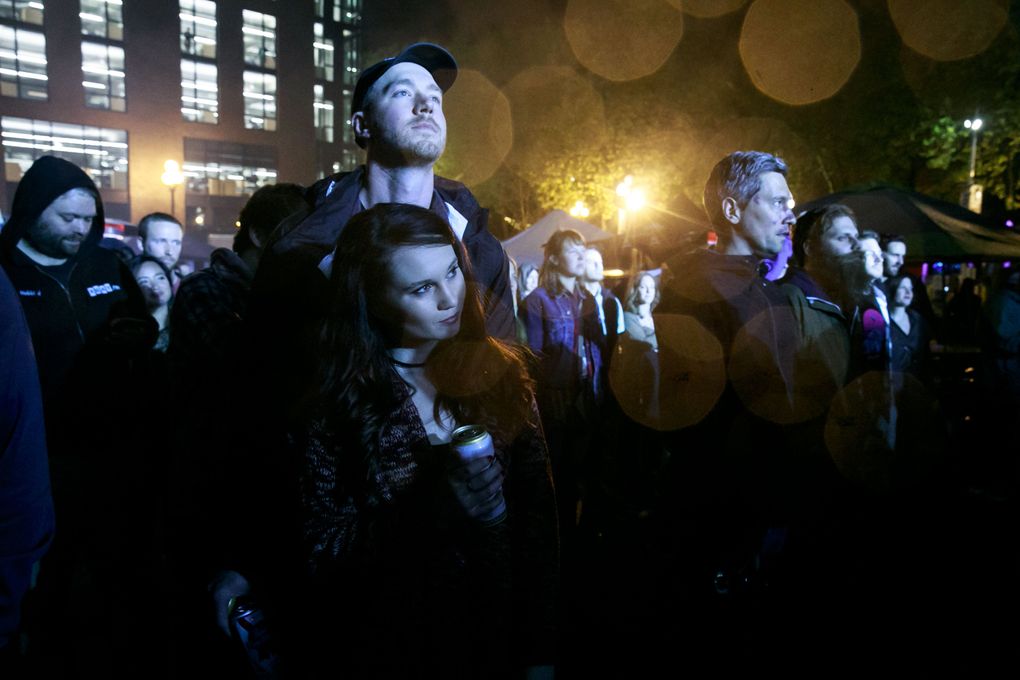
ON JULY 4, 1914, Burns Lyman Smith opened Smith Tower to the public.
Smith and his father, Lyman Cornelius Smith, purchased the land years earlier, sight unseen.
The Syracuse, N.Y.-based father-son duo made a fortune manufacturing guns and typewriters, one of which boasted the first keyboard with both uppercase and lowercase letters, a clever innovation at the time.
Located in the relatively low-rise Pioneer Square neighborhood, the opulent white tower with the distinctive pyramid on top must have dazzled passers-by in much the same way as Amazon’s massive trio of “biospheres,” set to open next year at the north end of downtown, thanks to one of the great innovators of this time, Bezos.
The opening of the 462-foot Smith Tower 103 years ago this week gave Seattle a glamorous, Manhattan-style landmark and put it on the map in a greater sense, proving to anyone who rode to the observation deck in the building’s ornate, glass-windowed elevators that this city of shipbuilders, lumber workers, salmon fishers and gold hunters had arrived.
The tower was the tallest building in the West, the exclamation point on a period when Seattle’s population nearly quadrupled in just 20 years.
It all sounds so familiar.
We have arrived yet again — but where, exactly?
SaveSaveSaveSave


